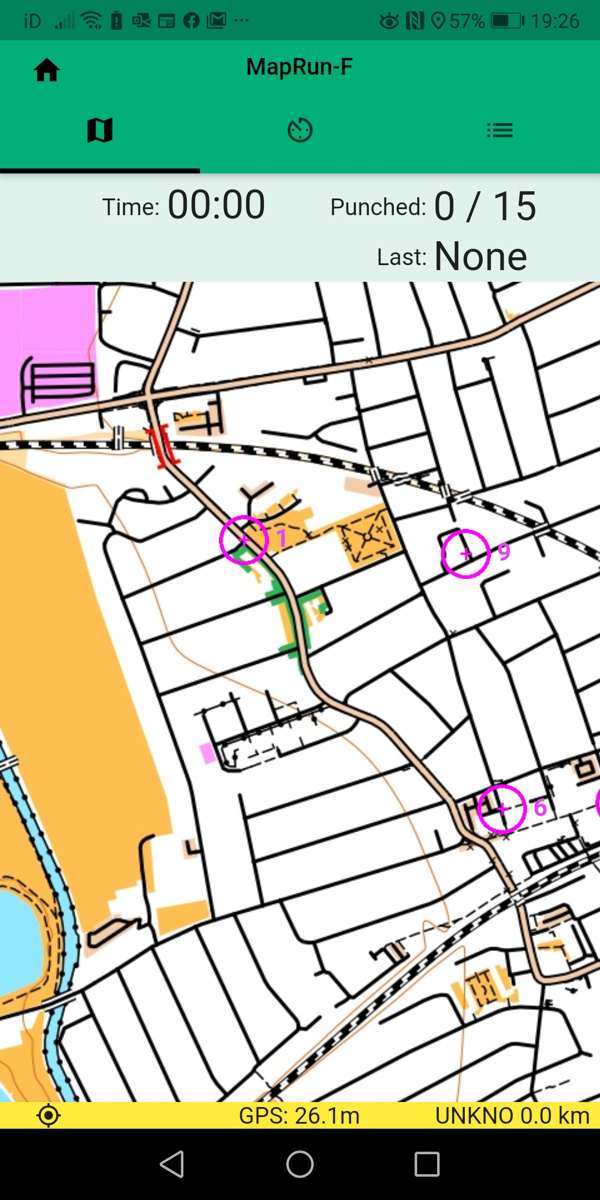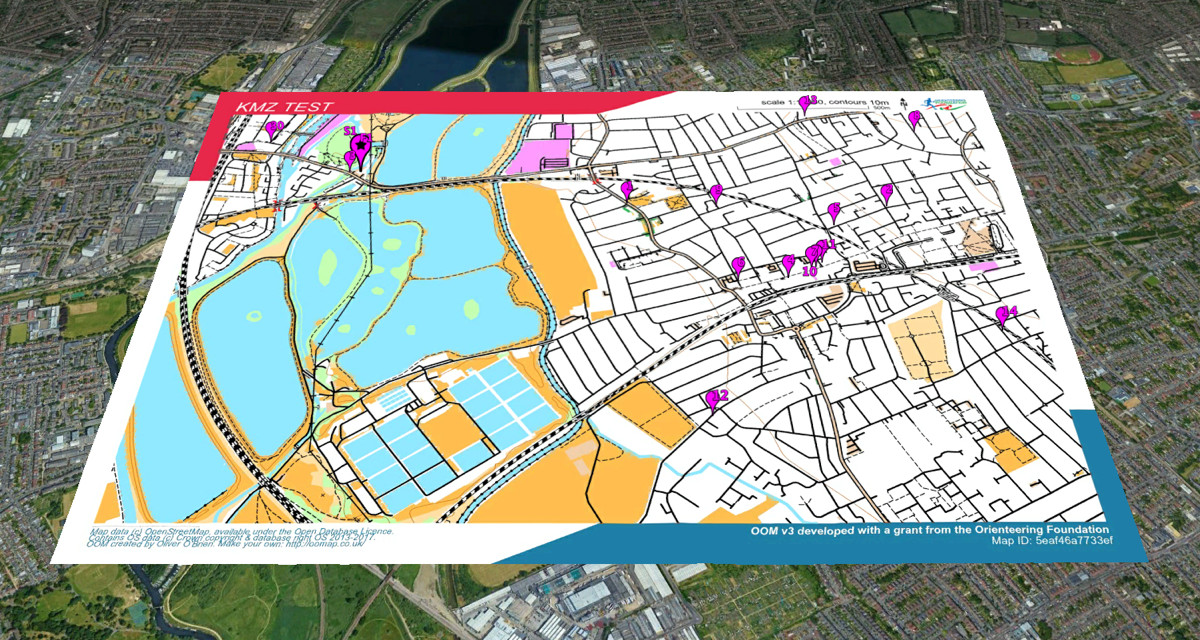I’ve been keeping an eye on the dashboard to see how UK bikeshare is coping (or even thriving) with a socially distancing world. Here’s an update for the systems* across the UK.
London:
- Lime, having been closed since late March, has suddenly reopened, with around 250 bikes on the street this morning – along way from the ~1500 earlier this year, let’s see how they ramp up.
- The JUMP fleet (newly obtained by Lime) is still operating, following a two-day partial hiatus following the transfer, but with much smaller numbers. Having got to nearly 1800 earlier this year, it has been operating through the lockdown with a fleet around 600, although this morning it is down to 400. The long-term future of the fleet is unclear. However it is still seeing excellent usage, including a commuter-style morning peak.
- The Santander Cycles fleet of 10000 is holding up and afternoon usage is very good, particularly at weekends and bank holidays, including some record simultaneous usage numbers on bank holiday Monday 25th May, where, at one poit, 68% of the fleet was being used. Their technology platform crashed for two consecutive afternoons on what would have been their biggest days, a couple of weekends ago. There is little commuter usage though – confirming it is a railhead-dominated system in normal times. No sign of the previously trialed electric varient.
- Freebike have redeployed to focus more heavily on hospitals in central an inner London – and seeing some good usage at these hubs.
- Beryl’s fleet remains very small – there are just 15 now in the City of London and Hackney, while they focus on their larger operations elsewhere in the UK.
- Mobike continues to dwindle, now around 50 bikes available, a far cry from the nearly 2000 earlier in the year. Almost none of the 50 are actually in their operational area, so they may all have been stolen now.
- A new electric bikeshare, Human Forest, is in “stealth marketing” mode ahead of a launch this summer. They promise that their services will be free in some form.
Rest of England:
- Good recreational use numbers for Liverpool, Brighton, Bournemouth and Watford
- Norwich lower but still good
- Hereford surprisingly little use compared with the other bigger UK systems.
- Oxford, Cambridge, Bristol and Milton Keynes (both) remain closed.
Scotland
- Glasgow seen wildly high numbers.
- Edinburgh also being well used although not as well as Glasgow. This must be a little disappointing to the operator. I suspect it is due to the largely fixed docking stations which cannot be easily redeployed to where people want to use them for the newly popular recreational use – e.g. in/around Holyrood Park, Costorphine Hill, Braid Hills, Marine Drive and the old railway-line cycle network. Instead, many of Edinburgh’s docking stations are in the city centre (but no tourists…) or at the university campus (but no students…)
- Stirling is much less popular. Again, like Edinburgh, its deployment is tourist+student focused and so not set up for recreational use.
- Forth Valley changed their data feed to a very complex setup which I have not yet been able to get working.
Wales:
- Cardiff’s very popular
- Swansea is closed.
Northern Ireland:
- Belfast closed at the beginning of lockdown and has remained closed. I am sure there were good reasons for this, but it is a huge missed opportunity.
* I’m excluding the smallest systems (those with less than 100 bikes in their fleet earlier in 2020).



